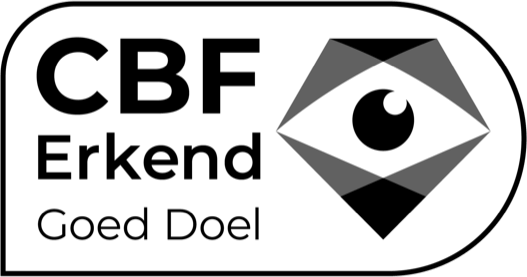'Now is when the really great stuff can happen'
The Lung Regeneration Consortium enters a new phase. Prof.dr. Carla Kim, who has been working with prof.dr. Hans Clevers for over four years as leaders of the transatlantic programme, looks back and explains why she is excited about the near future research.
Some 15 years ago, Carla Kim was the first to develop methods to isolate lung stem cells in mice. Her discovery gave a surge to regenerative medicine: the scientific disciplin that aims to repair organs and cure diseases like COPD. Now Kim is a renowned scientist at Harvard Medical School/Boston Children's Hospital and the day-to-day leader of the Longfonds Lung Regeneration Consortium. She shared this position with Hans Clevers until recently. 'Hans has a new position at Roche, but will continue to play an important role as co-leader of the Lung Regeneration Consortium as well as the leader of his labs.'
Promising progress
Kim steers eight groups of top researchers from the USA, the UK and the Netherlands working on four subprojects in the Lung Regeneration Consortium. Their work has led to promising progress in recent years. 'We have already discovered more about the mechanisms of COPD. For instance, we know damage to the alveoli cells causes the COPD symptoms, but it is still not known exactly how this happens and which exact cell types are impacted. To find out, we are sequencing human COPD lung samples and developing new methods to study, grow and transplant cells from human lung tissue.'
Highest speed possible
What has turned out to be incredibly important in achieving results is the effective collaboration between the different research groups. Kim: 'This fuels the acceleration of research. All of us scientists want to do cutting edge science and expand basic knowledge on stem cells and mini-organs. By inviting us to work on COPD and setting a compass for clinical therapies, Longfonds created the optimal circumstances for the best possible outcomes at the highest speed possible.'
Huge relevance
To illustrate how collaboration accelerates research, Kim reports on the recent identification of a new type of stem cell in the respiratory branches of human lungs, called RASC (respiratory airway secretory cells), by the research group led by prof.dr. Ed Morrisey. Morrisey found RASC in normal lungs; he also found that in samples from patients with COPD, RASCs are different. This means RASC are a possible target cell for clinical therapy; this is a big step forward, considering most research is done in mouse lungs. Kim: 'Furthermore, when the Morrisey lab shared these results with the other research groups, the group led by prof.dr. Melanie Koenigshoff noticed that some of the biomarkers of RASCs also stood out in her lab’s experiments, giving both studies more value in understanding COPD. Excitingly, my own research group has found that RASC biomarkers changed when we altered a certain cell pathway in mouse lung stem cells, suggesting we may have found a new way to model some aspects of COPD. Learning about the discovery of RASC and their biomarkers gives new weight to all of the consortium labs’ outcomes and combining them leads to even more insight. Without the close collaboration in the Lung Regeneration Consortium, we would not have known all of this until after publication, which easily takes a year or longer.'
Big steps
In the near future, the consortium will take big steps in further understanding why stem cells don't regenerate in lungs with COPD. Furthermore, by growing and studying mini-trachea and mini-alveoli the consortium will uncover ways to stimulate stem cells and learn what it takes to make transplantation of mini-organ tissue possible. And finally, the consortium works on building a complete functional alveolus in the lab.
Momentum
The Lung Regeneration Consortium works towards these goals by organising the research in workstreams: scientific stepping stones toward clinical solutions. Kim: 'For each workstream we have basically asked ourselves: what are the most important questions that we to need answer?" These are assembled by the research groups, in close collaboration with patient stakeholders, Longfonds and Lung Health. Kim: "Outcomes of each project give momentum to other projects, hence accelerating the entire process.'
Great confidence
Science is unruly, Kim admits. 'But in recent years, the whole of the Lung Regeneration Consortium has grown greater than the sum of its parts. Having seen the progress over time, I have great confidence we will learn and increase our ability to repair damaged lung tissue. Now is when the really great stuff can happen.'


